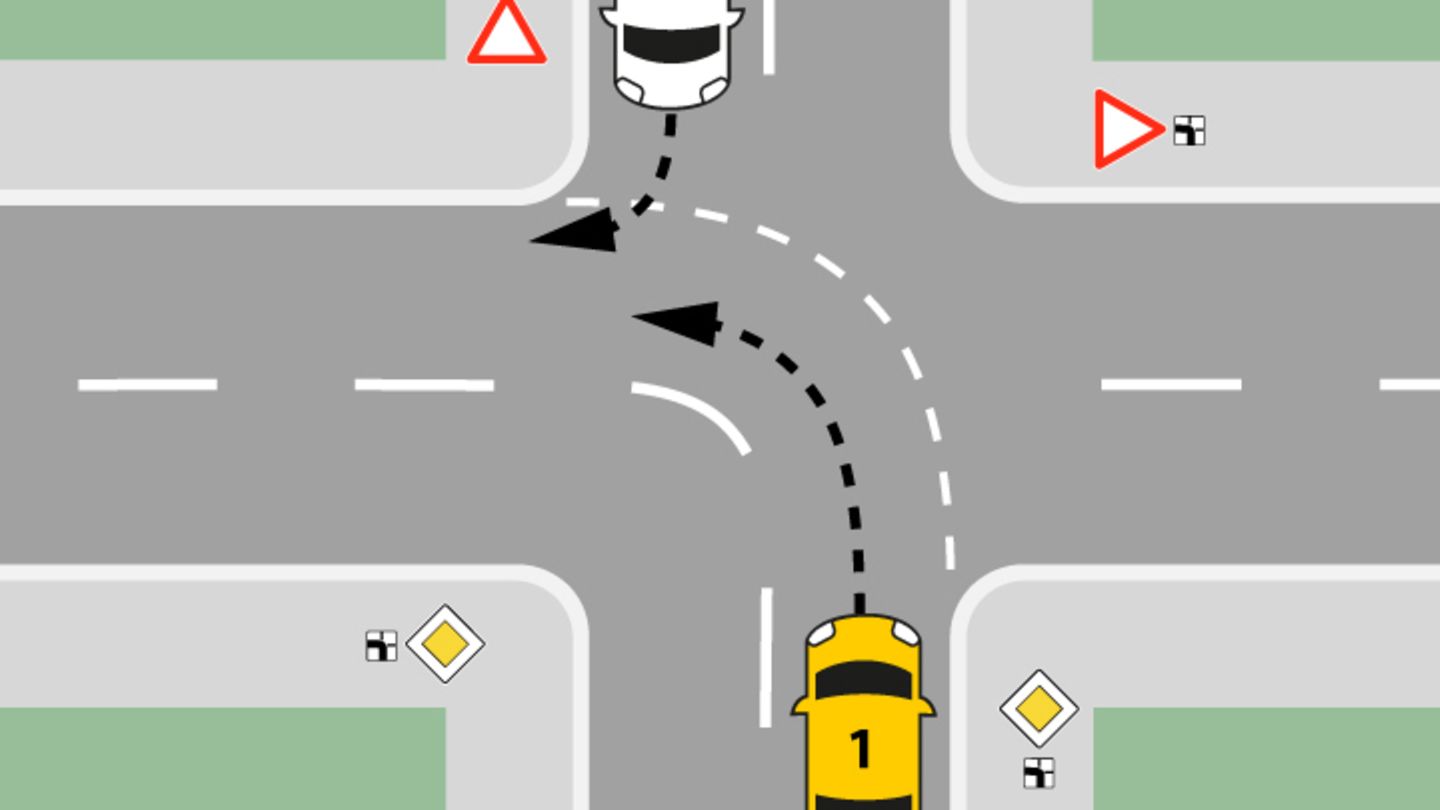Germany remains a car country. The number of cars has again increased faster than the population. Clear regional differences emerge.
There are more and more cars on the roads in Germany. At the beginning of the year, a record number of 49.1 million cars were registered, as reported by the Federal Statistical Office based on previously published registration figures. That was 0.7 percent more than a year earlier.
Because the population grew more slowly at the same time, the vehicle density rose to 580 cars per 1,000 inhabitants. That is two more cars than in 2023 and even 37 more vehicles than in 2014. The record of 583 cars per 1000 citizens dates from 2022.
The numbers show clear regional differences. In the city states of Berlin (329), Hamburg (426) and Bremen (435) there are relatively few cars per 1000 inhabitants. The local transport networks are well developed there and not everyone wants to own their own car. Berlin is also the only federal state where car density has declined since 2014.
A significantly larger fleet can be observed in the larger countries. With 655 cars per 1,000 inhabitants, Saarland is at the top, ahead of Rhineland-Palatinate (630) and Bavaria (623). With 534 cars, Saxony has the lowest value of any land area. All eastern German states are below the federal average, all western German states are above it.
Communication from Destatis
Source: Stern




